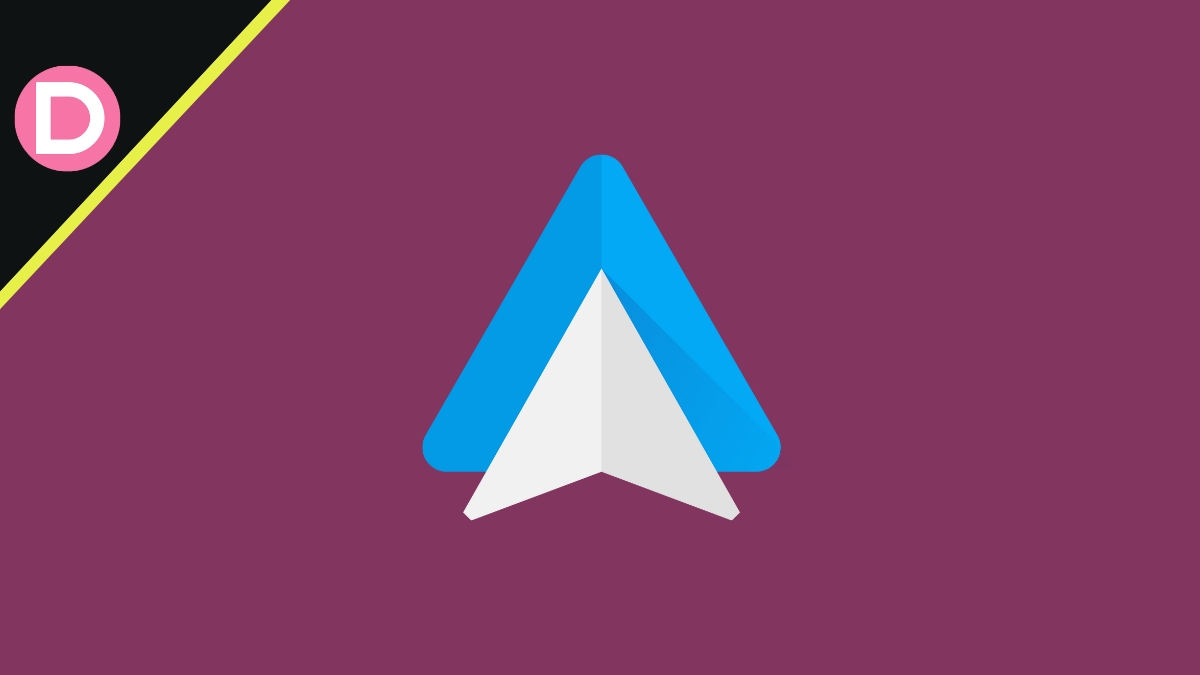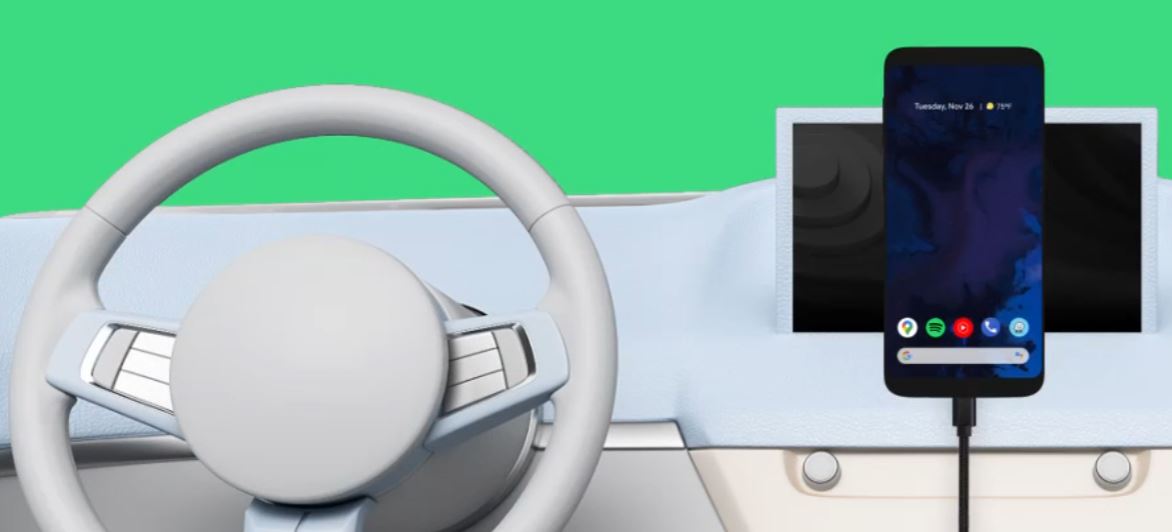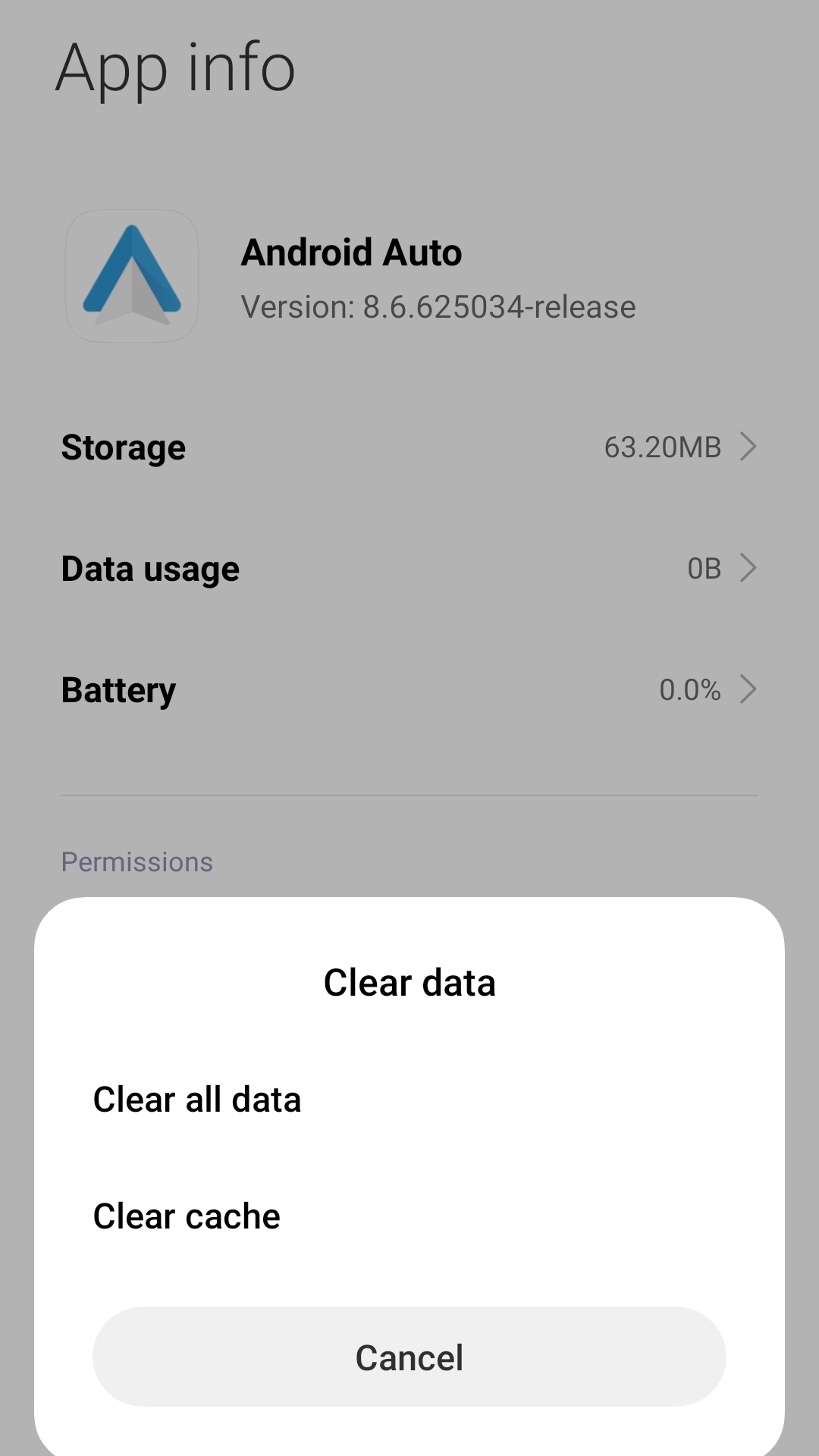You know how helpful Android Auto can be if you are an Android user. It allows you to access all your phone’s features, such as navigation, music, and messaging while driving. The redesigned Android Auto (Coolwalk) is also available for all users. However, sometimes Android Auto may not work as expected, which can be frustrating. One user reported, “After the new update, the Android auto stopped working; it shows the option to start but doesn’t start up.”
This article will discuss how to fix Android Auto if it is not working. We will go through various troubleshooting steps that you can follow to get Android Auto up and running again.
1. Make Sure your Vehicle Is Compatible With Android Auto
Before you start troubleshooting, it is essential to ensure that your vehicle is compatible with Android Auto. Not all cars support Android Auto, and if yours is not compatible, you will not be able to use it.
To check if your vehicle is compatible with Android Auto, visit the Android Auto website and search for your car’s make and model. The website will show you if your car is compatible or not. If it is not, you will have to consider other options, such as using a third-party head unit or installing a compatible aftermarket radio.
2. Restart your Car’s Android Auto Head Unit
If your Android Auto head unit is not working, the first thing you should do is restart it. To do this, follow these steps:
- Turn off the car’s ignition.
- Disconnect the USB cable from the head unit.
- Wait for a few seconds, and then reconnect the USB cable.
- Turn on the car’s ignition and wait for the head unit to start.
3. Restart your Android Device
If restarting the head unit did not fix the issue, the next step is to restart your Android device. To do this, follow these steps:
- Press and hold the power button until the “Power off” option appears on the screen.
- Tap on the “Power off” option and confirm if asked to.
- Wait for a few seconds, and then press the power button to turn your Android device back on.
4. Clear the Cache of the Android Auto App
Sometimes, the Android Auto app’s cache can get cluttered, which can cause it to malfunction. In such cases, clearing the app’s cache should fix the issue. To remove the cache of the Android Auto app, follow these steps:
- Go to the Settings app on your Android device.
- Tap on Apps or App Manager, depending on your device.
- Scroll down and tap on the Android Auto app.
- Tap on “Storage” or something similar, and tap on Clear cache.
5. Check your Connection
If restarting your device and clearing the app’s cache did not fix the issue, it is time to check the connection between your device and the head unit. Here are a few things you can try:
a. Enable Wi-Fi and Bluetooth for Wireless Android Auto
It is essential to ensure that your device’s Wi-Fi and Bluetooth are turned on to use Android Auto. Without these, the (wireless) connection between your device and the head unit will not be established.
To turn on Wi-Fi and Bluetooth, follow these steps:
- Open the Settings app on your Android device.
- Tap on Wi-Fi or Bluetooth, depending on which one you want to turn on.
- Turn on the toggle switch next to Wi-Fi or Bluetooth.
- You can also turn these on from the quick settings menu (control center).
b. Try Wired Android Auto
If you are using wireless Android Auto, it might be worth trying wired Android Auto. To do this, follow these steps:
- Disconnect the USB cable from the head unit.
- Turn off the car’s ignition and wait for a few seconds.
- Then, turn on the car’s ignition and wait for the head unit to start.
- Connect the USB cable to the head unit and your Android device.
c. Check your USB Cable
The connection may not be stable if you use a USB cable not supported by the Android Auto head unit. Try using a USB cable that is supported by the head unit. Make sure you are using a good-quality USB cable with data transfer support. You may need to reconnect the USB cable if the connection is unstable.
6. Check your Mobile Data Connection
It might be worth checking your mobile data connection if you are using a good connection and still have issues. A weak or unstable mobile data connection can cause problems with Android Auto.
To check your mobile data connection, follow these steps:
- Go to the Settings app on your Android device.
- Tap on Mobile data or Cellular data, depending on your device.
- Ensure the toggle switch next to Mobile or Cellular data is turned on.
7. Update the Android Auto App
It might be worth updating the app if you still have Android Auto issues. A new update might contain fixes for bugs and other issues.
To update the Android Auto app, follow these steps:
- Open the Google Play Store app on your Android device.
- Tap on your profile icon on the top right.
- Then, tap on “Manage apps and device.”
- Under the Updates available entry, tap on See details.
- Scroll down and tap on the “Update” button next to the Android Auto app.
8. Reinstall the Android Auto App
If updating the app does not fix the issue, the next step is to reinstall it. Unfortunately, most Android devices don’t have the option to reinstall the app. However, clearing the storage data of the app should do the same job. To reinstall the Android Auto app, follow these steps:
- Go to the Settings app on your Android device.
- Tap on Apps or App Manager, depending on your device.
- Scroll down and tap on the Android Auto app.
- Tap on “Storage” or something similar, and tap on Clear data.
9. Forget Connected Cars and Re-add
If you still have Android Auto issues, it might be worth forgetting the connected cars and re-adding them. To do this, follow these steps:
- Open the Android Auto settings on your Android device.
- Tap on Previously connected cars or Connected cars, depending on your device.
- Tap on the three dots on the top-right of the screen.
- Tap on “Forget all cars” and tap OK to confirm.
- Turn off the car’s ignition and wait for a few seconds.
- Turn on the car’s ignition and wait for the head unit to start.
- Follow the on-screen instructions to re-add the connected car.
Frequently Asked Questions
How do I know if my car is compatible with Android Auto?
- You can check the list of compatible cars on the Android Auto website.
How do I update the Android Auto app?
- To update the app, open the Play Store app on the Android device, search for Android Auto, and tap on the Update button.
Can I use Android Auto with an iPhone?
- No, Android Auto is only compatible with Android devices. If you have an iPhone, you can use Apple CarPlay instead.
Can I use Android Auto without a data connection?
Yes, you can use Android Auto without a data connection by using the offline mode. You can access some of the app’s features offline, such as offline navigation and music, without an internet connection. However, most features, such as messaging, Google Assistant, and much more, will not be available offline.
What could be the cause of the Android Auto not working issue?
The Android Auto not working issue could be caused by various factors, including an outdated app version, incompatibility issues with the car’s system, or improper connection between the vehicle and the device.
Final Words
Android Auto is a helpful app that allows you to access your phone’s features while driving. However, sometimes, it may not work as expected, which can be frustrating. This article discussed various troubleshooting steps you can follow to fix Android Auto not working issues. We hope these steps will help you get Android Auto up and running again.




